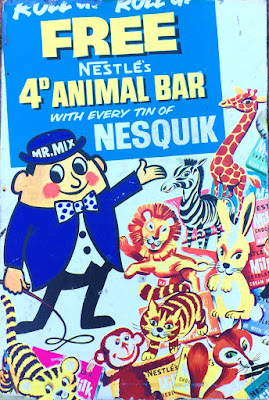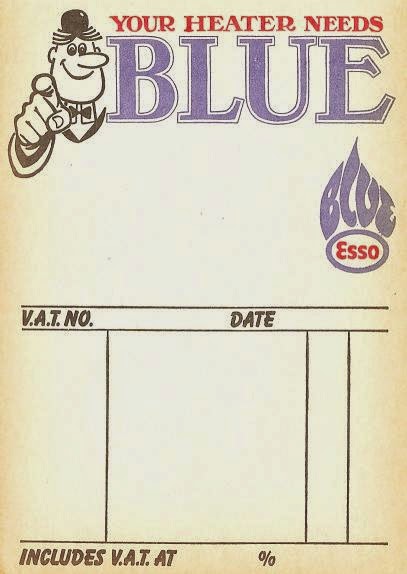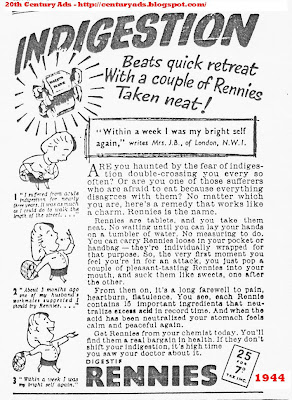17 December, 1981. Citizens' Band Radio was here! The equipment seems absurdly pricey by today's standards. But technology has moved on a great deal!
What a decade of fads the 1980s was!
One minute it was Space Invaders, the next it was Rubik's Cube, the next it was Pac-Man, the next it was dancing flowers, the next it was...
You get the picture?
One of the biggest fads of the decade, of course, was CB radio.
CB radio was invented by an American called Al Gross, way back in the 1940s. Some CB usage had been known in England since the 1960s, but successive governments refused to legalise it, and there was no great interest anyway.
By 1980, interest was growing. A couple of films had increased enthusiasm for American CB jargon, and a small but growing band of CB'ers were breaking the law by using imported rigs. In May 1980, the UK Government announced it was considering legalisation, and from then on the illegal craze started to escalate.
By the summer of 1981, many stories were appearing in the popular press about how the rapidly spiralling illegal craze was causing interference with emergency services communications, heart monitors and all sorts of things. By then, legalisation, with Government approved frequencies and equipment, lay just ahead.
From 2 November 1981, you could buy a licence and have a rig.
The craze peaked in 1983, with 300,000 licences issued.
Rumbelows electrical suppliers ("We save you money and serve you right!") reaped the benefit, as UK shops immediately sold out. For a few years, CB radio was a nice little earner. Then, on 1 January 1985, comedian Ernie Wise made the first handheld mobile phone call in the UK. They were too expensive for most. "Yuppie toys!" we cried. "They'll never take off! Haven't they ever heard of phone boxes?" However the mobie would soon rise to mightiness. And with BT's new "Chat Lines" booming in the mid-to-late 1980s, CB sank slowly into die-hard "enthusiasts only" territory.
Fond memories of the craze linger...
As for Rumbelows, the cartoon family group (one of them was called Gloria, I recall) disappeared from newspaper and TV advertising sometime around 1984/85. If anybody has a more specific date, I'd love to know!
Of course, the 1980s ensured that more changes in communications were on the way, changes that would make CB radio even more obsolete.
In March 1989, an Englishman called Tim Berners-Lee invented something called the World Wide Web.
And the 21st Century was well and truly on its way.



















































